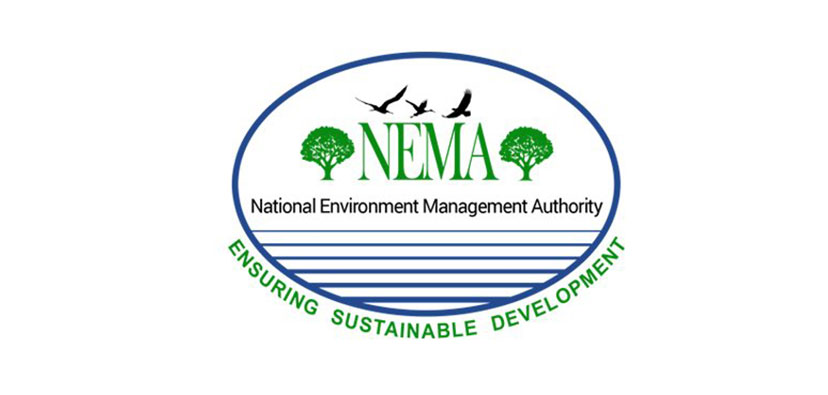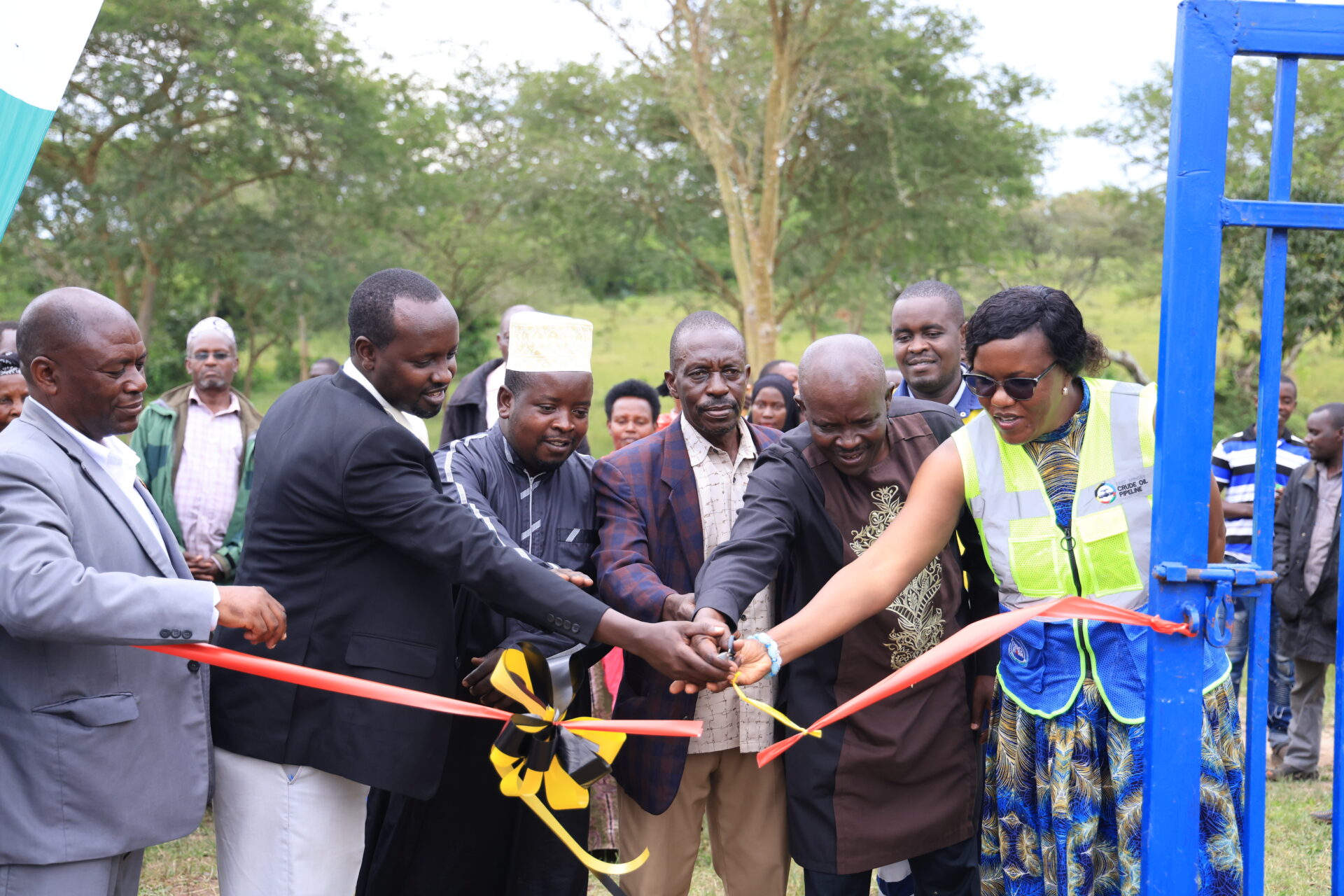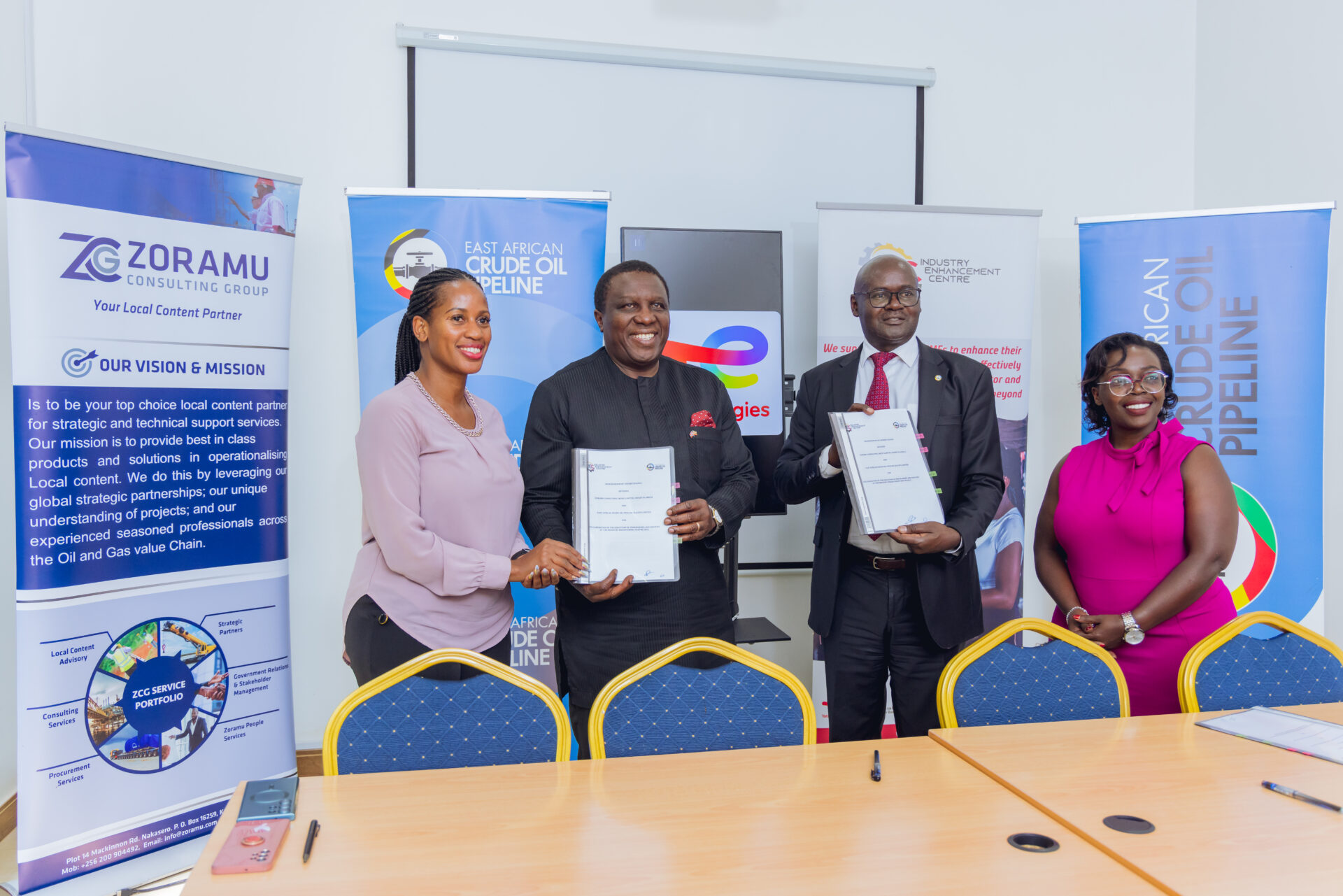Our attention has been drawn to the onging discussion relating to the European Union parliament resolutions on oil and gas projects in Uganda. We take particular interest in the resolution expressing concern about the numerous social and environmental risks posed by the Lake Albert development projects in Uganda and Tanzania. We would like to clarify as follows;
The ESIA for Kingfisher, Tilenga and the EACOP projects were done in accordance with the laws of Uganda and in full consideration oa and with due regard to all the agreements that Uganda is party to, including the UN’s 2030 Agenda for sustainable Development and to the Sustainable Development Goals; UN Paris Climate Agreement; the International Energy Agency Global Energy Review 2021; the Cotonou Agreement.
The Environment and Social Impact Assessments followed the time tested and conventionally agreed principles of the Environment and Social Impact mitigation hierarchy which involves avoidance of sensitive eco-systems, mitigating manageable impacts including reducing of impacts, environmental restoration as well as offsetting of residual impacts.
The process was done in consultation with relevant lead agencies and other stakeholders including conducting public hearings for all the three projects. The process gave adequate opportunity to all stakeholders to provide input into the process including in the development of resettlement action plans.
Like all other projects, development of oil and gas project requires a level of land take for effective implementation. The ESIA process being mindful of this, endeavours to minimise land take from communities and sensitive/protected areas as much as possible. Only 0.05% of the 3000km2 of the Murchison Falls National Park will be utilised by oil and gas activities. All the other infrastructure including the refinery and Central Processing Facility will be located outside the park. The Authority hereby clarifies that whereas oil and gas activities may have impact on Murchison Falls Conservation Area, adequate mitigation measures including biodiversity offset mechanisms have been put in place.
Regarding the carbon footprint for the oil and gas projects, each of the projects quantified greenhouse gas emission estimates as part of the ESIA review process, and these estimates guided review of engineering designs to ensure low carbon emission pathways. Specifically, the following mitigation measures on carbon footprint will be implemented;
- National grid power will be used to meet part of the energy needs of the projects to reduce carbon intensity of the project
- There will be no routine flaring during normal operations
- Recovery of Liquefied Petroleum Gas (LPG) to reduce hydrocarbon burning for energy production
- There will be vapour recovery units located at Central Processing Facility to process generated gasses
- No unnecessary idling on non-road mobile machinery plant and project vehicles
- Regular servicing and maintenance of plants
- Use of centralised power generation to minimize diesel generators during construction
- Offsetting net residual emissions through tree planting projects, provision of cheap LPG to transition the economy from use of biomass energy which is currently at 88%of total primary energy consumption. This will significantly reduce pressure on Uganda’s forest cover
- Other net zero emission initiatives will be explored including payment for ecosystem services.
It is worth emphasizing that Uganda’s economic development path is a green one as guided by the National Green Growth Development Strategy, 2017. And indeed our overall carbon footprint is very low standing at 0.1 metric tonnes of carbon per person per year as compared to the average for Europe at 6.98 metric tonnes of carbon per person per year.
Whereas the EU parliament resolution claims that EACOP will traverse protected areas in Uganda and Tanzania, we wish to clarify that using avoidance approach to determine the routing for the pipeline many sensitive ecosystems including all Ramsar sites were avoided. The pipeline will only cross one central forest reserve.
The pipeline will be buried, coated to prevent rusting and has inbuilt automated leakage detection mechanisms. In the unlikely event of oil spill emergency, a national oil spill contingency plan has already been developed and launched by Government. Additionally, all oil companies are required by law to have put in place oil spill contingency plans.
The National Environment Management Authority continues to promote green development of our economy and there are efforts to achieve early energy transition through initiatives like emission free electric automobiles, hydropower and solar energy development.
In regard to loss of land and livelihood, we wish to clarify that the Environment and Social Impact review process, comprehensively assessed all social impacts related to the projects and the developers were mandated to develop and implement resettlement action plans in accordance with the laws of Uganda, IFC standards and Equator principles.
In conclusion the Authority wishes to assure Ugandans, our stakeholders and the Global community that the environment and social impacts of oil and gas projects in Uganda were comprehensively assessed and adequate mitigation measures put in place. The Authority continues to closely monitor the operations of the oil and gas companies to ensure compliance.




